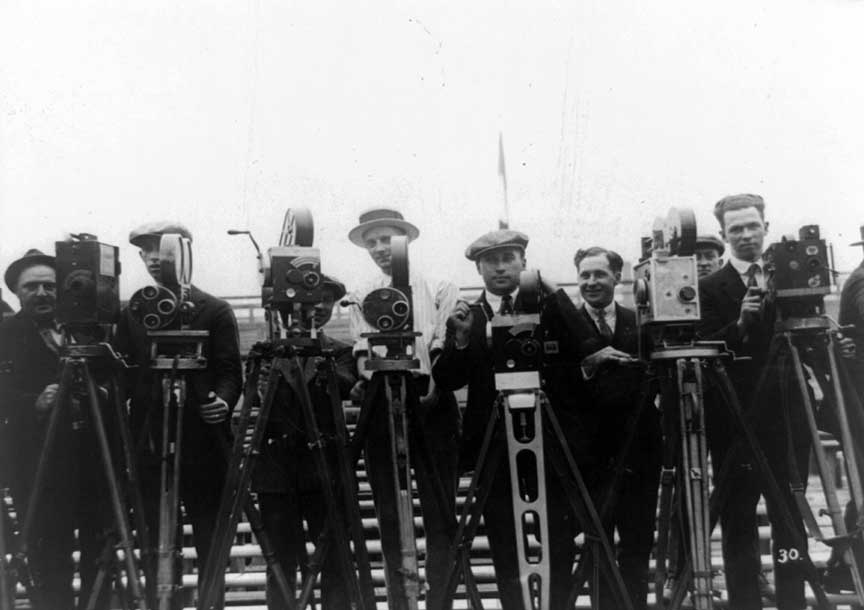1908 First Newsreel Shown in Theatre
,

The first newsreel was shown in a Paris theater by Charles Pathe. The next year, newsreels were introduced into US theaters, where they became very popular.
The first newsreel, a groundbreaking concept in the history of visual media, was shown in a Paris theater by Charles Pathé in 1908. This innovative idea revolutionized the way people consumed news, as it brought moving images of current events to the public, offering a visual dimension that newspapers and photographs could not provide. Pathé, a pioneer in the film industry, recognized the potential of cinema as a tool not only for entertainment but also for informing and educating the masses.
The following year, in 1909, newsreels made their debut in the United States, where they quickly became an integral part of the movie-going experience. American audiences, captivated by the novelty of seeing real-life events on screen, flocked to theaters to watch newsreels, which were typically shown before the main feature. They offered glimpses into global and local happenings, such as political events, natural disasters, and cultural milestones, making the world feel smaller and more connected.
The popularity of newsreels soared during the early 20th century, especially during World War I. As film crews captured battle scenes, military parades, and home front efforts, newsreels provided a powerful sense of immediacy and patriotism. Major companies, including Pathé News, Hearst Metrotone News, and Fox Movietone News, became household names as they competed to deliver the most compelling footage. Technological advancements, such as the introduction of synchronized sound in the late 1920s, further enhanced the appeal of newsreels, allowing audiences to hear speeches and natural sounds for the first time.
Newsreels served as a vital source of information during significant historical moments, such as the Great Depression, World War II, and the early years of the Cold War. They were not only informative but also often uplifting, featuring human-interest stories and lighthearted segments to balance the heavier news. Celebrities, sports events, and scientific achievements were also staples of newsreel programming, broadening their appeal to a diverse audience.
By the mid-20th century, however, the rise of television began to diminish the importance of newsreels. The immediacy and accessibility of televised news broadcasts gradually made the weekly theater newsreels less relevant. By the late 1960s, newsreels had largely disappeared from American cinemas, marking the end of an era.
Despite their decline, the legacy of newsreels remains significant. They were the forerunners of modern news broadcasting and played a crucial role in shaping public awareness during their time. Today, they serve as invaluable historical records, preserving moments that defined the 20th century. Newsreels also demonstrated the power of visual storytelling, paving the way for documentaries and other forms of nonfiction cinema.
 >
>